Poor outlook for quality upland game bird hunting
As we get closer to October’s hunting season, it’s notable that with the decline in pheasants, grouse now provide about the only traditional upland bird hunting game in the state. While many enjoy grouse (and woodcock, if available) hunting, maturing habitat (and perhaps bad nesting weather and predation) seems to be taking a toll on this once abundant game bird. Note below the average statewide grouse harvest per participating hunter (3 birds) for the entire season.
Some interesting data during the 2009-10 hunting season was gathered by DEC using a voluntary grouse hunting log format. In all, 284 hunters participated in the Cooperator Ruffed Grouse Hunting Log. Grouse log participants reported data from over 3,000 hunting trips across the state, from the lower Hudson Valley in the south, to the Adirondacks and St. Lawrence Valley in the north, and the Lake Plains and Allegheny Plateau in far western New York. They spent over 8,200 hours afield and flushed over 10,400 grouse (about 1.2 flushes/hour). Some general findings from the 2009-10 season include:
Hunters participating in the survey averaged about 29 hours afield during the 2009-10 season. They took about 11 trips afield for the season and spent about 3 hours afield per trip.

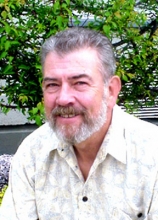

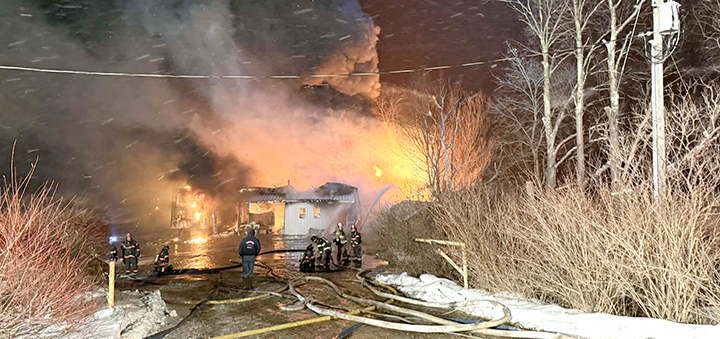
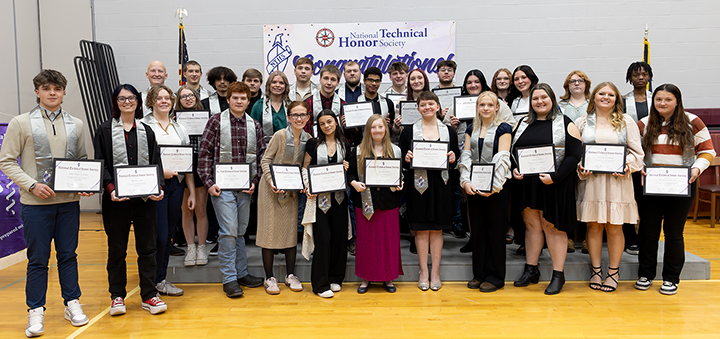
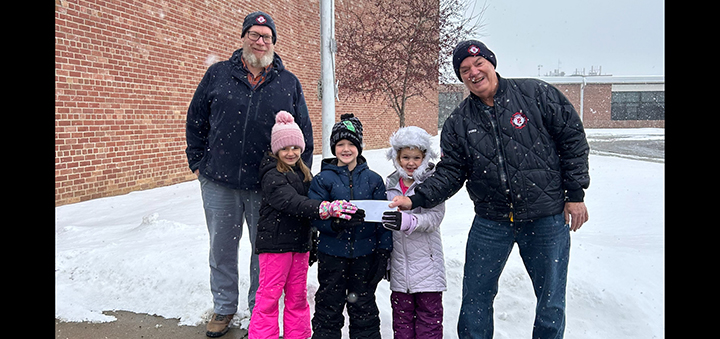
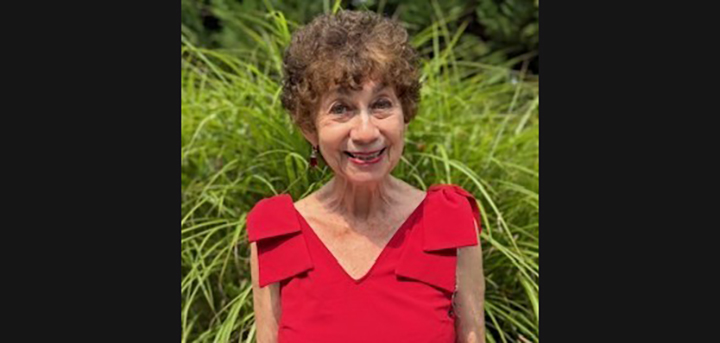

Comments